The Skinny on Red Chili Peppers: Spicy Secrets Revealed!
So, you’ve heard of jalapeños and habaneros, but what about those sleek, fiery little numbers known as skinny red chili peppers? They may not have the fame or the Instagram likes of their spicier cousins, but don’t let their slim figure fool you — these guys pack a punch! Whether you're a seasoned spice connoisseur or just getting your hands dirty in the kitchen, this guide will turn you into a certified chili whisperer.
Table of Contents
- What Exactly Is a Skinny Red Chili Pepper?
- Common Types of Skin-Slashing Firebrands
- Spice Level: From Mild to Maniacal
- Cooking with Fire: Tips & Tricks
- Health Benefits That’ll Make You Sizzle
- Want to Grow Your Own? Here’s How
- Spicy Fun Facts (Because Why Not?)
- Conclusion: Hotter Than a July Bonfire
What Exactly Is a Skinny Red Chili Pepper?
Let’s start with the basics: skinny red chili peppers are typically small, elongated, and vibrant in color — think pencil-thin and hot-blooded. They’re often dried and used in a variety of cuisines around the world, particularly in Mexican, Thai, Indian, and North African dishes.
These chilies are usually fully matured, which is why they appear red rather than green. The longer they hang out on the plant, the more sugars develop, resulting in deeper flavors and higher heat levels.
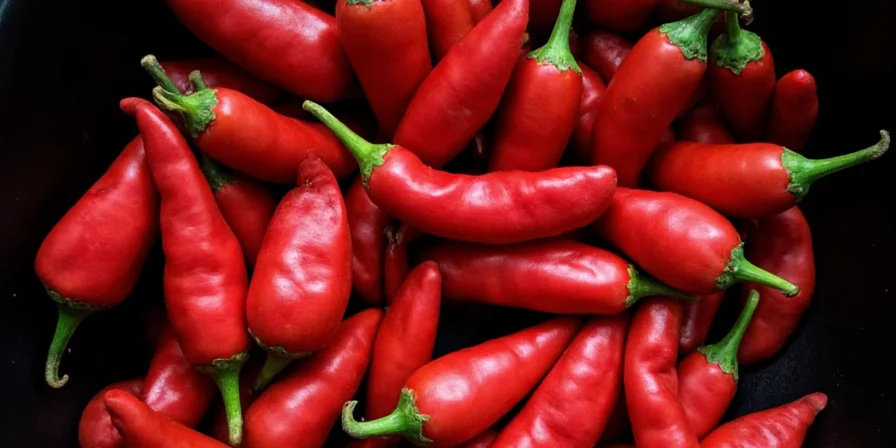
Photo by SpiceGarden Studios
Common Types of Skin-Slashing Firebrands
There’s more than one type of skinny red chili — each with its own personality, flavor, and heat level. Let’s meet the cast:
| Type | Heat Level (SHU) | Flavor Profile | Best Use |
|---|---|---|---|
| Arbol Chili | 15,000–65,000 | Nutty, smoky, slightly grassy | Oil infusions, salsas, soups |
| Bird’s Eye Chili | 50,000–100,000 | Sharp, citrusy, intense | Thai curries, stir-fries, sauces |
| De Arbol Chile | 15,000–65,000 | Earthy, peppery, nutty | Salsas, marinades, oils |
| Puya Chili | 5,000–8,000 | Fruity, tangy, slightly sweet | Red mole, stews, sauces |
| Siling Labuyo (Philippines) | 80,000–100,000 | Fiery, pungent, bold | Adobo, vinegar dips, spicy condiments |
Spice Level: From Mild to Maniacal
Measuring the heat of a chili isn't just about how much you sweat while eating it — there's science involved! The Scoville Heat Unit (SHU) scale is our go-to tool for ranking chilis based on capsaicin content. Here’s where the skinny red crew stands:
- Mild-Mannered: Puya (5K–8K SHU)
- Medium Magic: Arbol (15K–65K SHU)
- Hot Shot: Bird’s Eye (50K–100K SHU)
- Fire Breather: Siling Labuyo (80K–100K SHU)
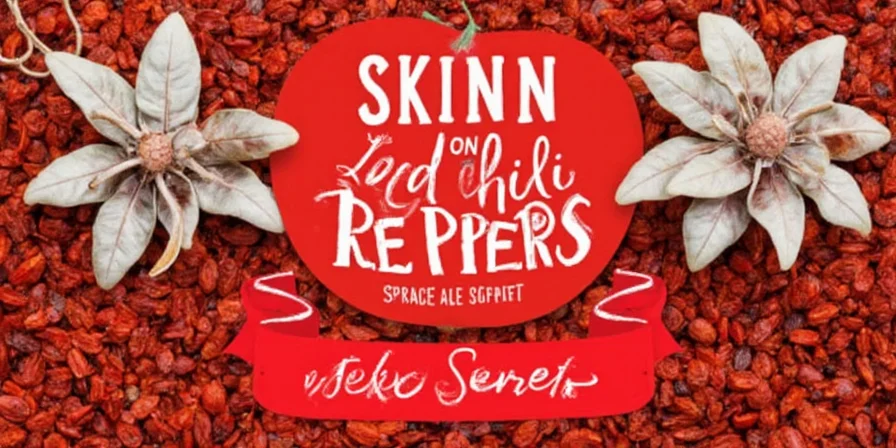
Image: PepperPower Graphics
Cooking with Fire: Tips & Tricks
Cooking with skinny red chilis can be a thrilling experience if you know how to handle them right. Here are some practical tips to get the most out of your spice game:
- Toast ’em Up: Dry toast chilis in a skillet to unlock deeper, nuttier flavors before grinding or chopping.
- Infuse Oils: Soak whole chilis in olive oil for a few days to create a flavorful spicy base for dressings or drizzles.
- Use Sparingly: A little goes a long way. Start with one chili, taste, then add more if needed.
- Pair Smartly: Chilies love citrus, lime, honey, coconut milk, garlic, and herbs like cilantro and mint.
- Keep It Whole: For milder heat in soups or stews, keep the chilis whole — you can remove them later if needed.
- Dry and Store: Keep dried chilis in an airtight container away from light. They last up to a year!
- Handle with Care: Wear gloves when cutting or handling to avoid burning your fingers (or worse — touching your eyes).
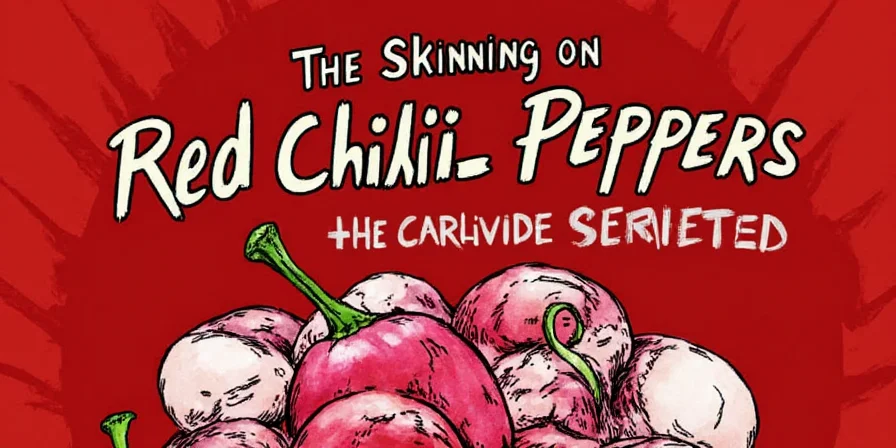
Caption: Toasting enhances flavor complexity.
Health Benefits That’ll Make You Sizzle
Chili peppers aren’t just tasty — they’re also loaded with nutrients and bioactive compounds that benefit your body and mind:
- Vitamin C Boost: One serving can give you over 100% of your daily dose.
- Anti-Inflammatory: Capsaicin has been shown to reduce inflammation and ease pain in some conditions.
- Metabolism Kickstart: Studies suggest it may increase metabolic rate slightly, helping with calorie burn.
- Heart Health: Regular chili consumption is linked to improved cholesterol levels and blood circulation.
- Pain Relief: Topical capsaicin creams are FDA-approved for arthritis and nerve-related pain.
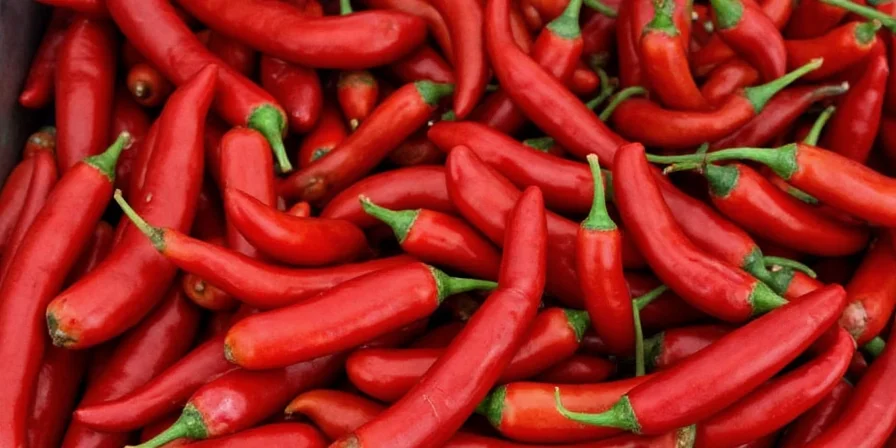
Graphic by HealthyEats Labs
Want to Grow Your Own? Here’s How
If you’re feeling adventurous, why not grow your own skinny red chili peppers at home? It’s surprisingly easy and rewarding. Here’s how to do it:
Sunlight & Soil
- Full sun (6–8 hours per day)
- Well-draining soil (pH 6.0–7.0 preferred)
Watering Needs
- Consistent watering — avoid waterlogging
- Let top inch of soil dry between waterings
Planting Tips
- Start indoors 6–8 weeks before last frost date
- Transplant outdoors once temps stay above 50°F (10°C)
- Use stakes or cages to support plants
Harvest Time
- Harvest when peppers turn bright red
- You can pick them earlier for a greener flavor and less heat
- Dry them on a string or in a dehydrator for future use
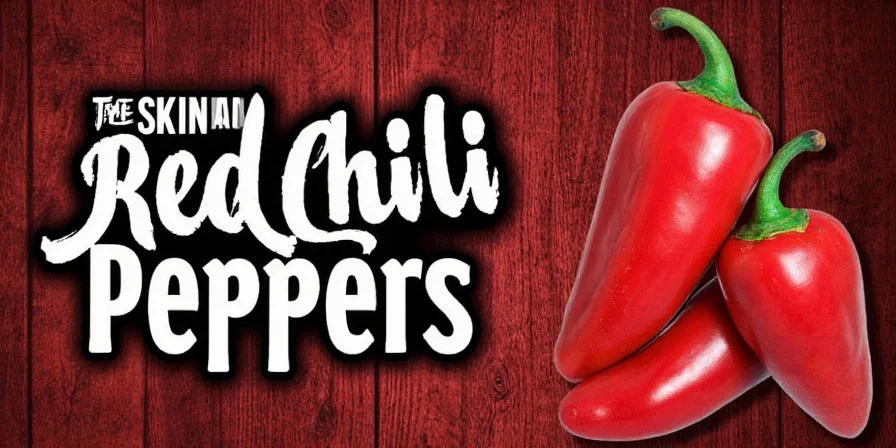
Grow your own fiery garden — no gloves required until harvest!
Spicy Fun Facts (Because Why Not?)
- Chili peppers were domesticated over 6,000 years ago in Mexico.
- In some cultures, chilis are believed to ward off evil spirits (and bad breath).
- The current record holder for hottest pepper in the world is the Carolina Reaper (~1.5 million SHU), but many skinny chilis hold their own!
- Chili peppers are fruits — botanically speaking, anyway.
- Some birds can eat super-spicy peppers without any discomfort — they don’t have the same receptors we do!
Conclusion: Hotter Than a July Bonfire
Whether you’re tossing them into a simmering stew, blending them into a fiery sauce, or growing them in your backyard, skinny red chili peppers are a versatile, vibrant, and valuable addition to any spice lover’s pantry. With their complex flavors, diverse heat levels, and surprising health benefits, these slender firecrackers deserve a spot in your next culinary experiment.
So next time you see a bundle of those red-hot sticks in the market, don’t walk — sprint! Embrace the heat, explore the flavor, and let your taste buds dance like they never have before. After all, life’s too short for bland food.











 浙公网安备
33010002000092号
浙公网安备
33010002000092号 浙B2-20120091-4
浙B2-20120091-4